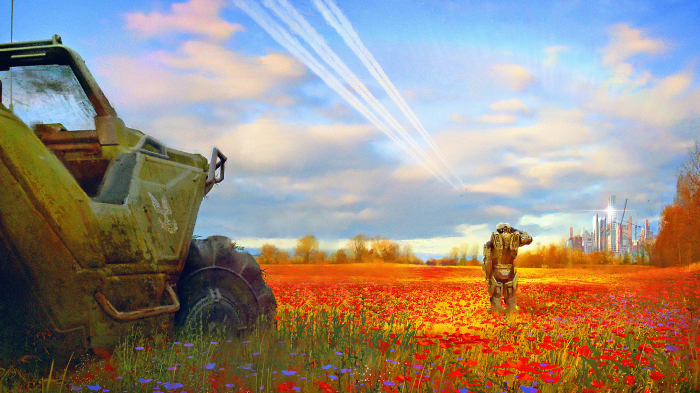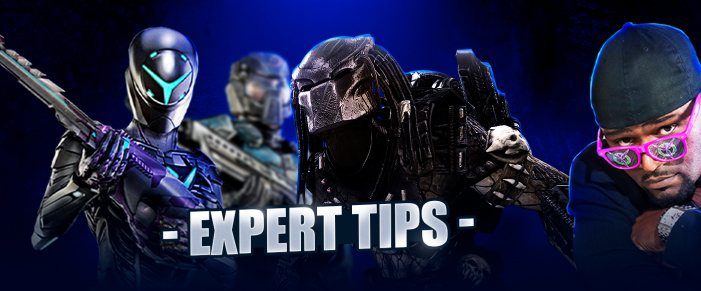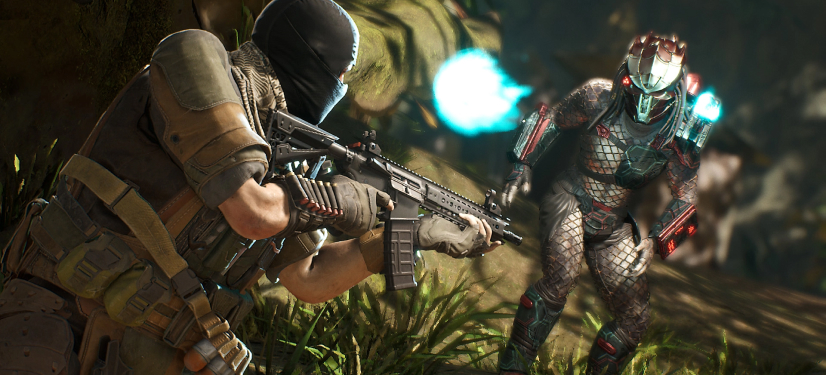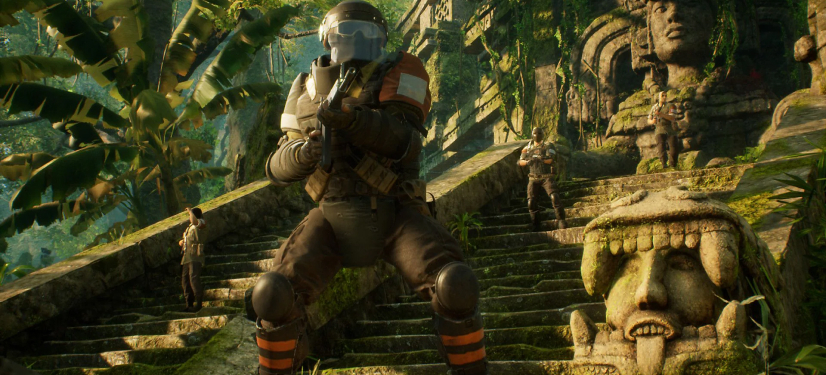The video game industry has come a long way in terms of graphics and technology. Gamers expect nothing less than astounding aesthetics and captivating soundscapes that contribute to the immersive gaming experience. But when it comes to creating an effective weapon for an AAA game, there’s more to it than just visual appeal. To find out what it takes to create a weapon that works perfectly in a game, we sat down with Creative/Art Director Ryan Lastimosa on the Devoted SpeakEasy podcast. In this blog, we’ll share the insights we’ve gathered from Ryan about the importance of functionality and why it matters when it comes to creating an effective weapon for an AAA game.
Meet Our Guest

Ryan Lastimosa is a true inspiration in the gaming industry. His creativity, attention to detail, and experience have enabled him to design some of the most iconic weapons that gaming enthusiasts enjoy today. He has had a remarkable run in the gaming industry, working with big names such as Respawn Entertainment, Infinity Ward, and many others, to deliver exceptional games. He has worked on Titanfall 2, having provided team leadership, 3D modeling, and concept art for the game. He also streamlined the 3D art pipeline for weapons, characters, and vehicles. He also directed a team of lead artists specializing in Hard Surface and Character Art for Apex Legends, and provided hard surface artwork for Call of Duty 4: Modern Warfare and Call of Duty: Modern Warfare 2.
Ryan has designed weapons for over 17 years in the gaming industry, and for most of that period, he has been focused on innovative ideas aimed at creating the best weapon models.
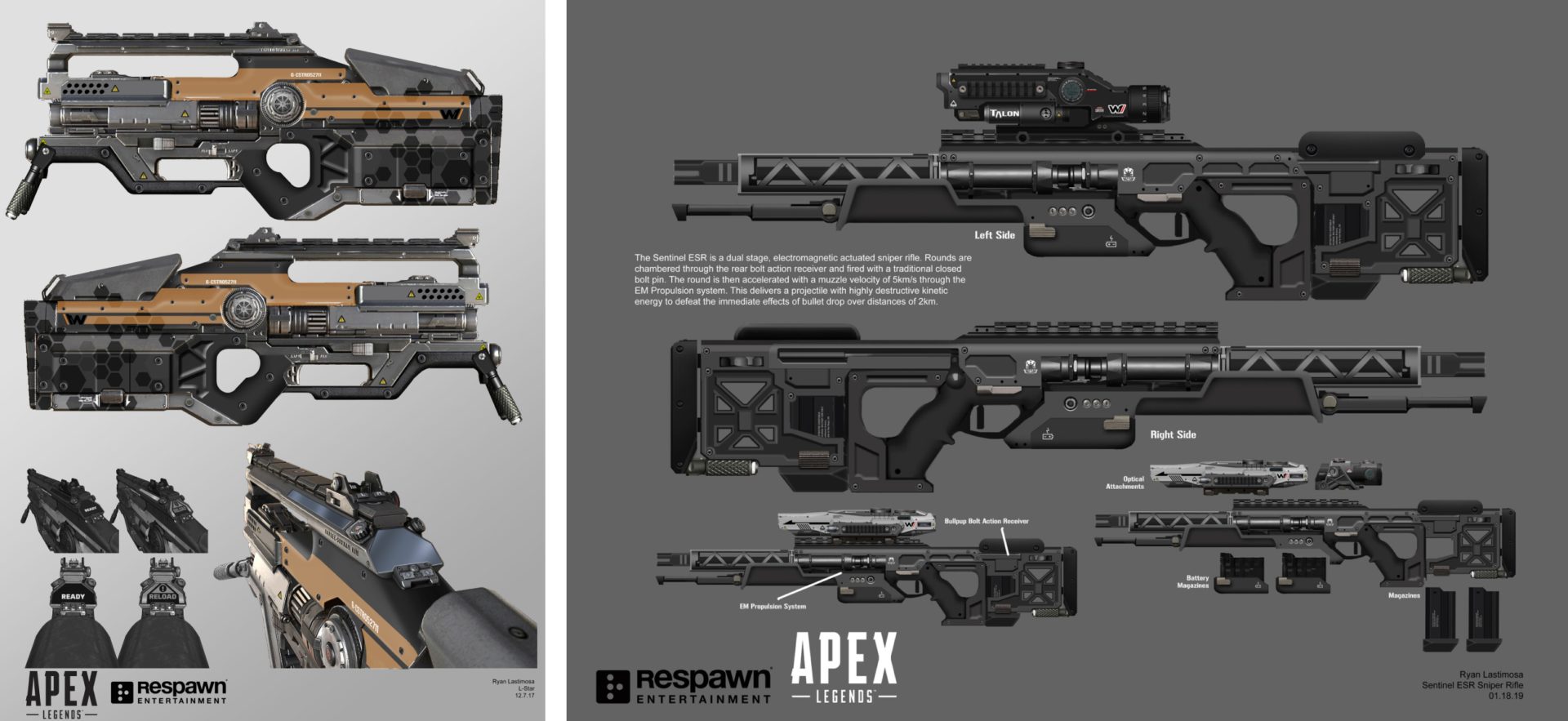
What Makes a Great Game Weapon?
Accurately and authentically representing real-world weaponry can be key to creating a successful game. To do this, developers must have an understanding of how weapons work in the real world – from functionality to ergonomics. This knowledge helps them design realistic weapon mechanics they can then incorporate into their games – whether replicating classic models such as AK-47s or M14 rifles, or conceptualizing something completely new! Providing players with recognizable weapons that respond realistically provides an immersive gaming experience sure to keep them engaged.
Crafting a Sci-Fi game requires taking the imaginative wildness and futuristic elements to unique new heights. However, successful design teams strive for more than just an impressive product—they aim to create weapons that feel attainable in reality, as if they could be patented or built with existing technology. By grounding their designs in science and practical functionality, it helps players build trust that what they’re seeing is truly achievable; allowing them to jump headfirst into the gaming experience!
A weapon’s design is a delicate balance between mechanics and aesthetics. Its form must be functional while also capturing an artistically cool vibe, requiring both understanding of engineering principles as well as creative flair to make it truly stand out!
How to Become a Successful Game Artist?
Becoming familiar with the specifics of any given weapon is paramount for success as a weapons artist. Knowing each button, knob, and adjustment can make all the difference when preparing and constructing works of art from scratch. Taking the time to understand their intended design gives you that vital level of recognition between each object, unlocking your artistic potential! Sure, it takes resources, but in reality, it just requires an open mind and curious appetite to learn and figure out how everything works – this merging of academic knowledge in tandem with your imaginative drive allows you to unlock breathtaking weapons constructing experiences on a new scale!
Dedication and drive make up the fundamentals of success for any weapon artist, in place that true talent. Reaching any level of mastery over your craft demands focus and passion; throwing considerable amounts of time, love, and dedication while pushing yourself constantly to expand on current techniques. This potential fourth-walled development of skill is what ultimately separates well-renowned artists from hobbyists.
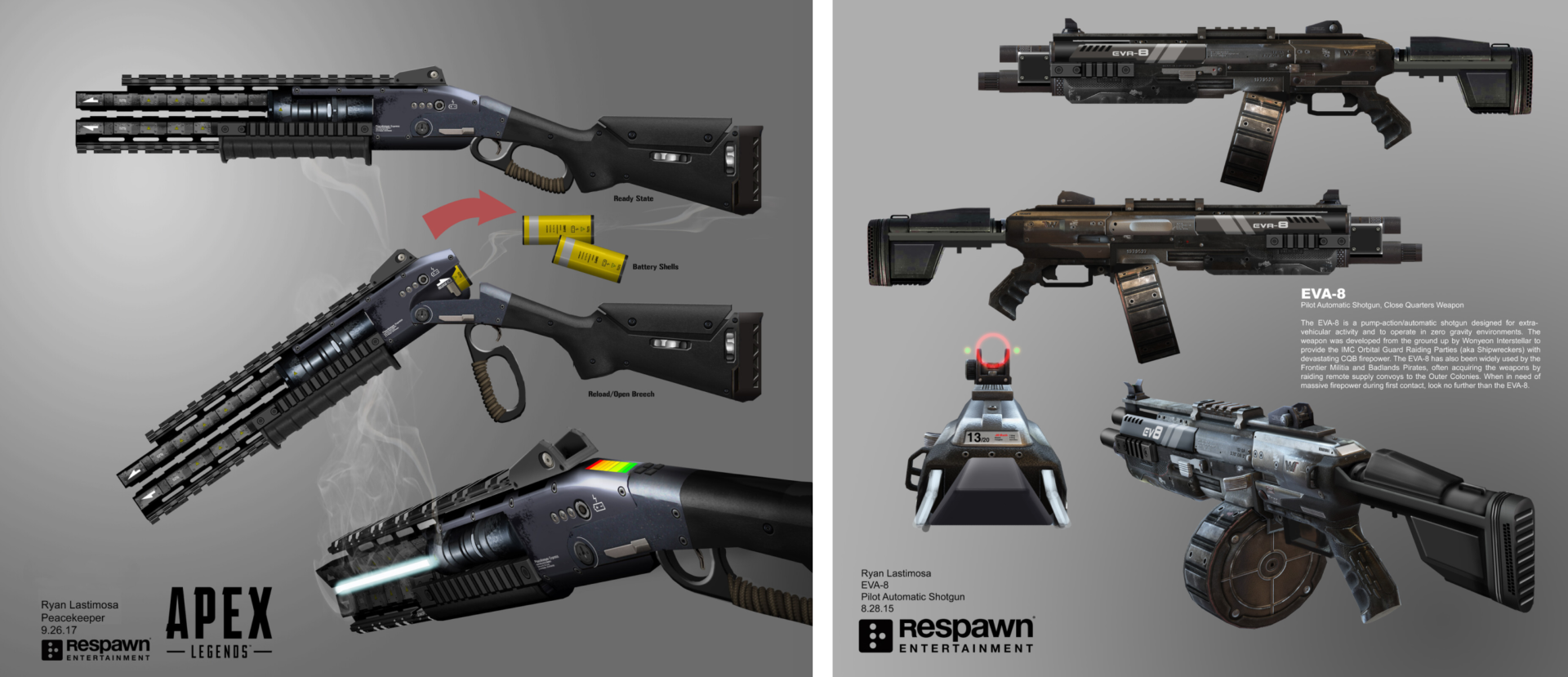
Navigating the game development industry to craft a successful weapon takes much more than skill alone; strong communication abilities are essential. A great weapons artist must be open to feedback, viewing constructive criticism as an opportunity for advancement. Bridging the divide between suggestion and enterprise will reveal the new potential within yourself, allowing you to craft astounding products that nobody has seen before! With guts and a little know-how, your craftsmanship has no limits.
Creating an effective weapon for an AAA game is no mean feat, but with the right knowledge, skills, and attitude, it is attainable. Collaborating with a team, understanding the role of each button, knob, and function of a weapon, communicating effectively with team members, and appreciating the game’s context are essential aspects of creating an effective game weapon. An understanding of industry trends and keeping up with the latest technology also helps aspiring weapon artists thrive in the highly competitive video game industry. With these insights from Creative/Art Director Ryan Lastimosa, we hope that aspiring artists now have a better understanding of what it takes to create the next iconic weapon in the gaming universe.
Interested and want to know more, as well as get a very practical exercise from Ryan Lastimosa? Tune in to our latest Devoted SpeakEasy Podcast and enjoy this fulfilling conversation:
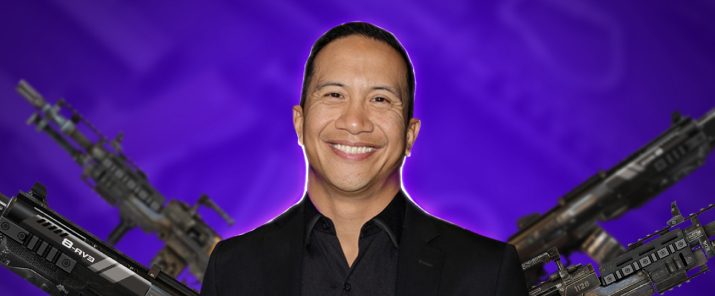
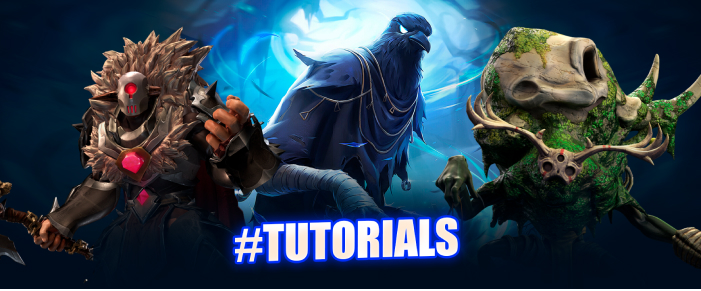
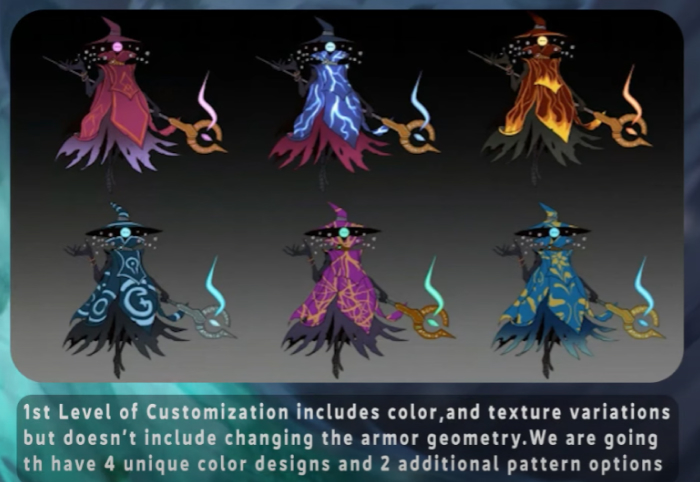

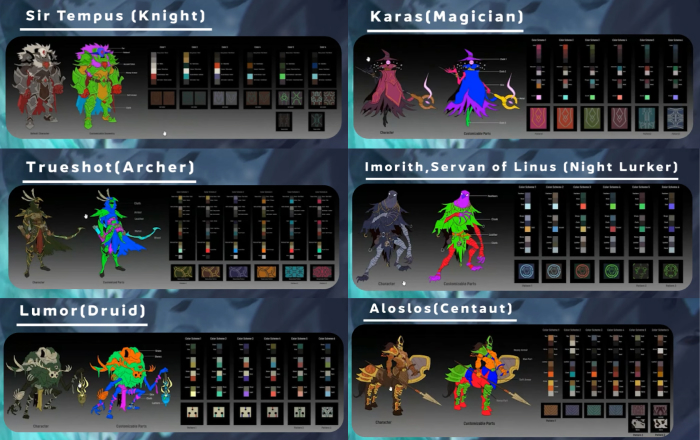
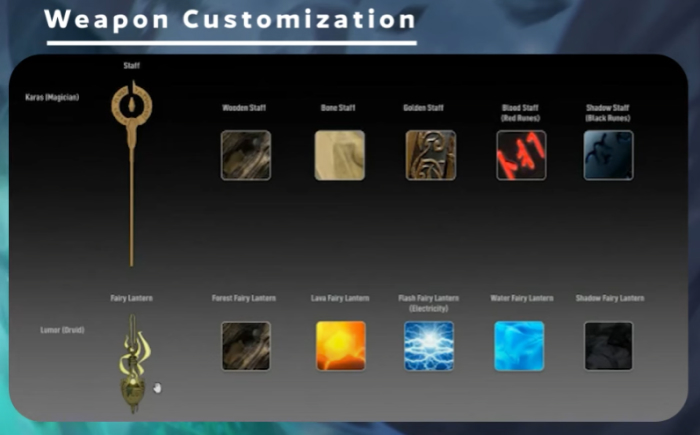
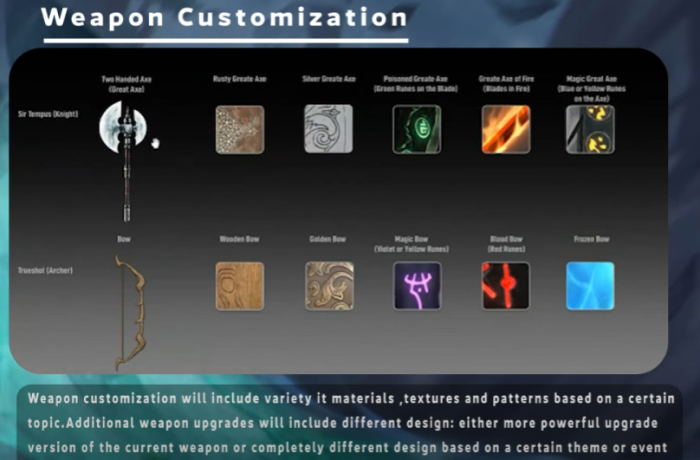

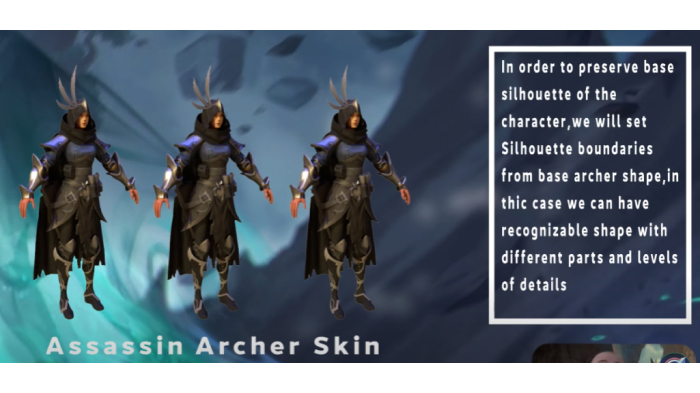
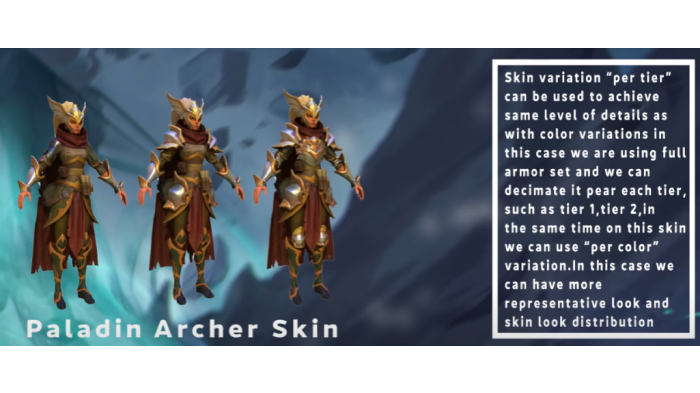 If we have an archer character and we want to create some more representative armor or different design staying within the same set of character’s silhouettes, we can also create some new geometry for the character.
If we have an archer character and we want to create some more representative armor or different design staying within the same set of character’s silhouettes, we can also create some new geometry for the character.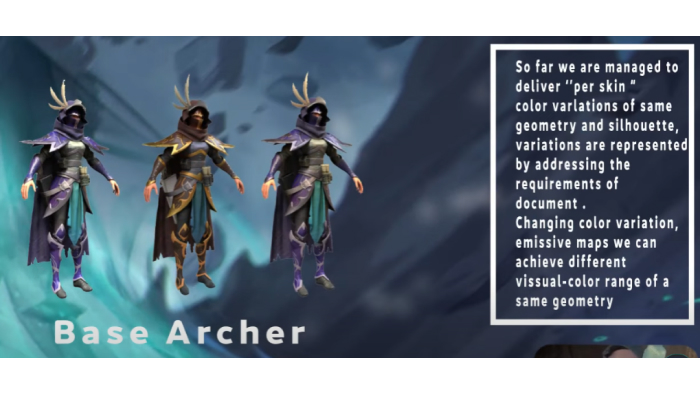 In order for us to preserve the basic silhouette of the character, we will set the silhouette boundaries so that we can have a recognizable shape.
In order for us to preserve the basic silhouette of the character, we will set the silhouette boundaries so that we can have a recognizable shape.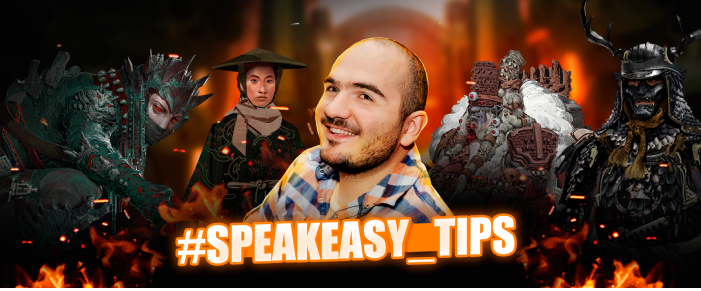

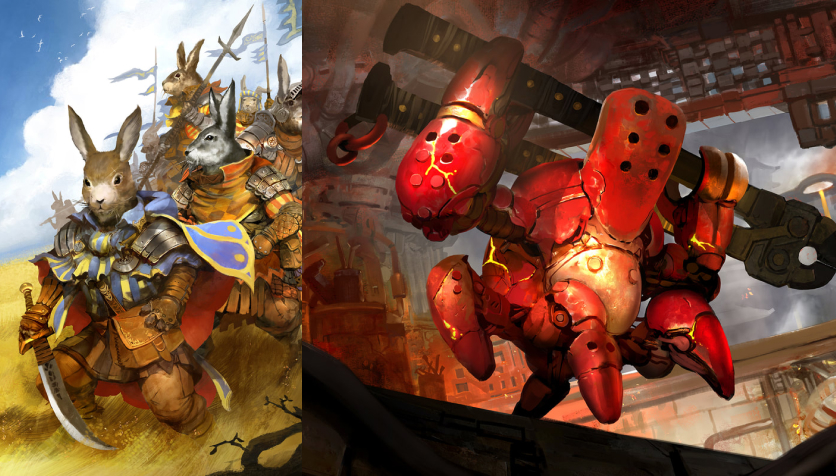

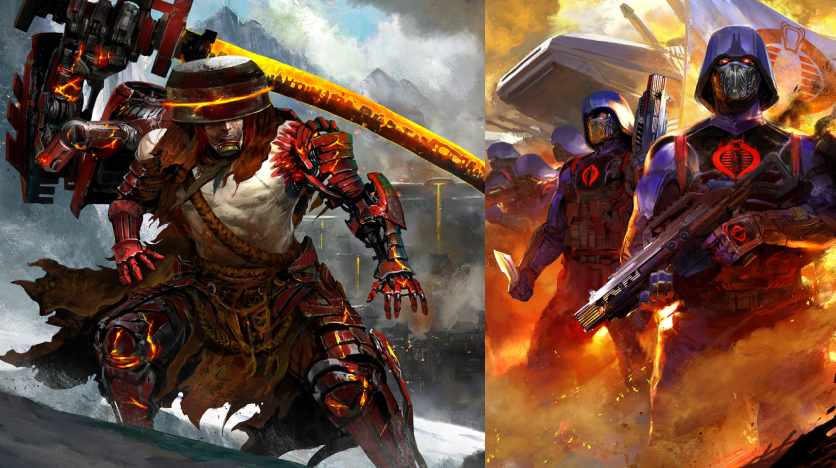
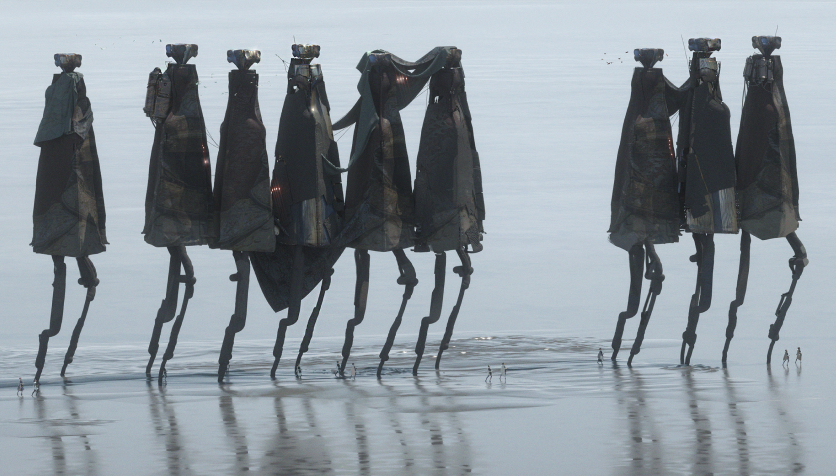
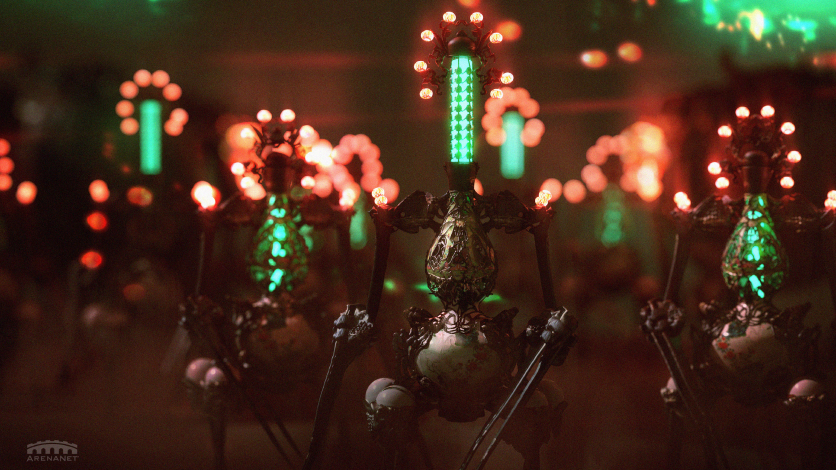
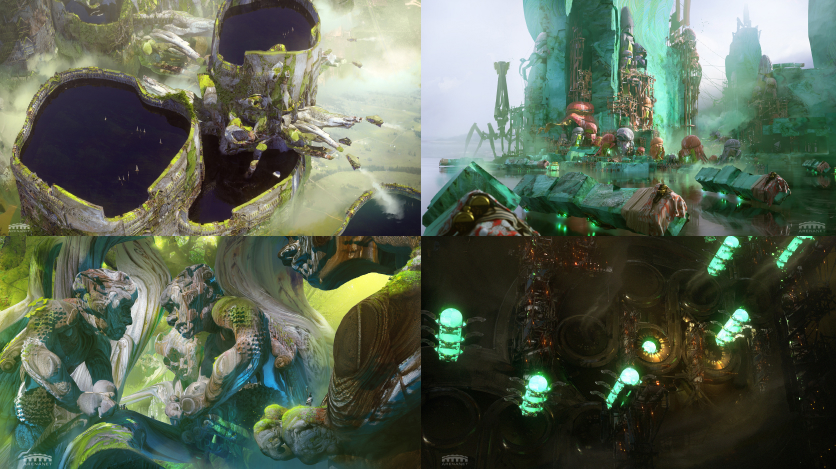

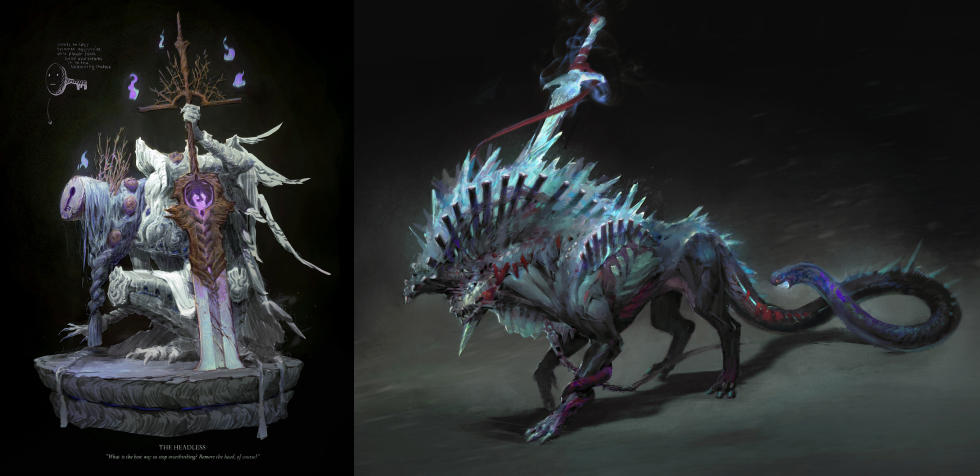
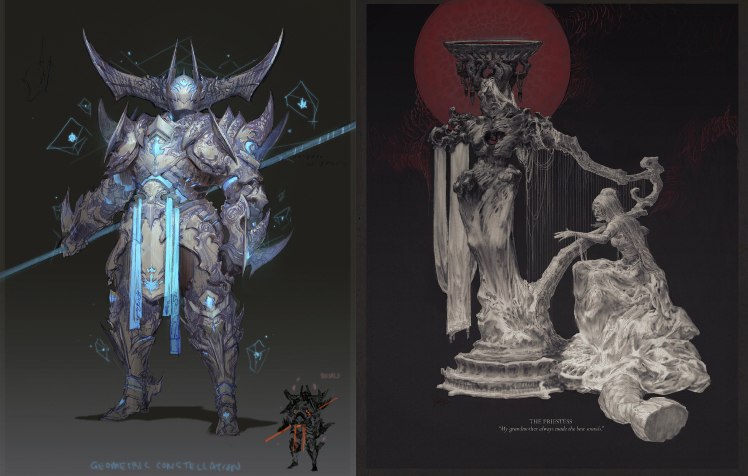
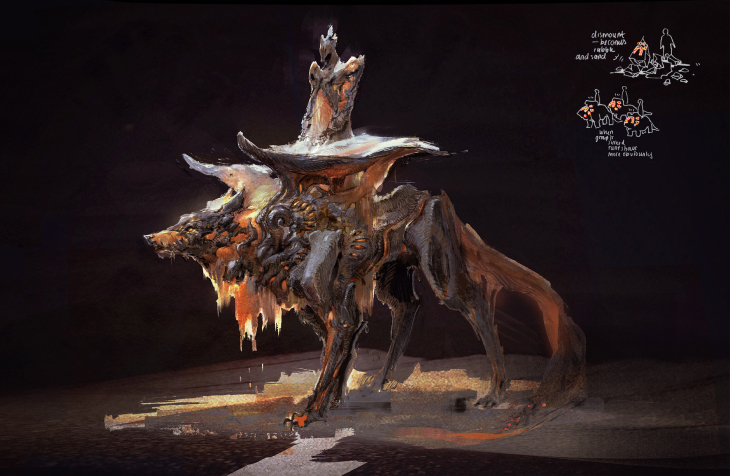

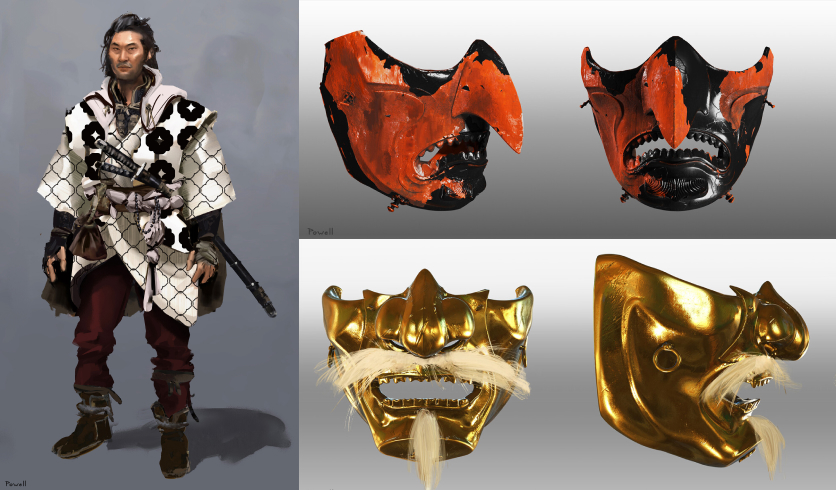
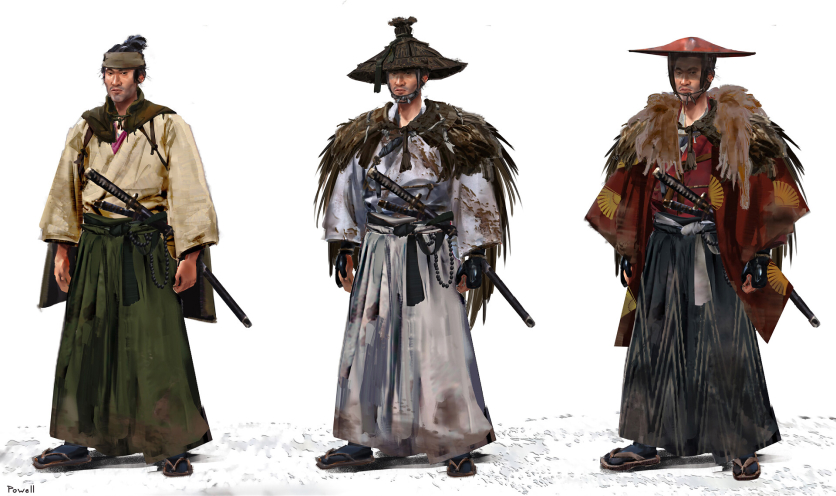

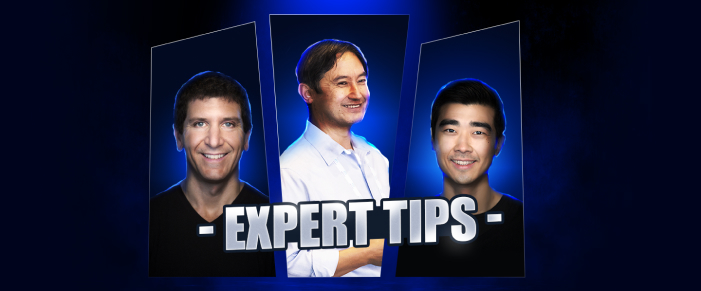
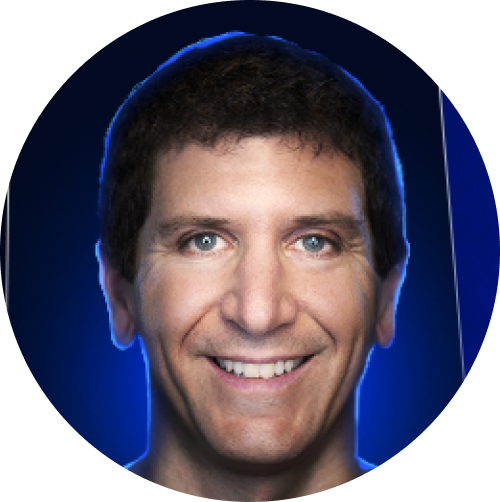 Sam: Games are interesting because they are unlike films, TV shows, and a lot of other things that we’ve seen. With games you don’t have to make your best piece of content the day you release it, in fact, you almost never will. It is very special because in gaming you have an opportunity to refine, rework, iterate on, and really build the content experience which is going to be forever changing, particularly in the games that we are especially interested in. Games are being operated on and built over time, that’s why you just want to make sure that you’ve got the people that have the creative vision and edge, and experience to create and develop a game, but also ship a game, market it from its release through its lifecycle, build a community, and so on. Those are the things that are not available in other forms of content and are really unique. So we pay a lot of attention to that; we constantly remind ourselves that our specific creative preferences may or may not be determinative.
Sam: Games are interesting because they are unlike films, TV shows, and a lot of other things that we’ve seen. With games you don’t have to make your best piece of content the day you release it, in fact, you almost never will. It is very special because in gaming you have an opportunity to refine, rework, iterate on, and really build the content experience which is going to be forever changing, particularly in the games that we are especially interested in. Games are being operated on and built over time, that’s why you just want to make sure that you’ve got the people that have the creative vision and edge, and experience to create and develop a game, but also ship a game, market it from its release through its lifecycle, build a community, and so on. Those are the things that are not available in other forms of content and are really unique. So we pay a lot of attention to that; we constantly remind ourselves that our specific creative preferences may or may not be determinative.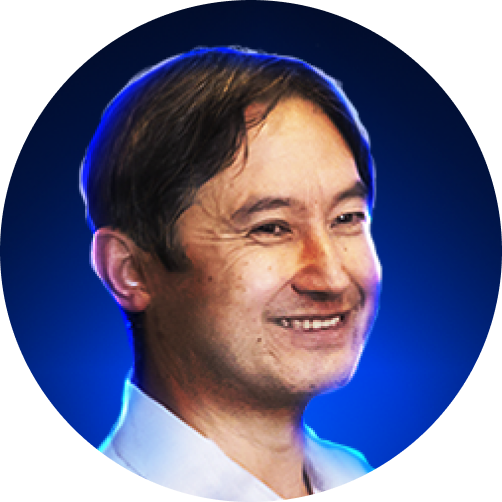 Rhys: I believe that a good founder is always making the relationships and connections for the future, they are always having conversations, but they don’t necessarily go out and hardcore pitch to raise the next round until they figured out a kind of timeline. You don’t want to be out of money when you raise successfully your next round either; you want to have a little bit of cushion and you know it is probably a six-months process at least. So you just kind of do the backward maths, that’s what I’ve seen from the guys I work with.
Rhys: I believe that a good founder is always making the relationships and connections for the future, they are always having conversations, but they don’t necessarily go out and hardcore pitch to raise the next round until they figured out a kind of timeline. You don’t want to be out of money when you raise successfully your next round either; you want to have a little bit of cushion and you know it is probably a six-months process at least. So you just kind of do the backward maths, that’s what I’ve seen from the guys I work with.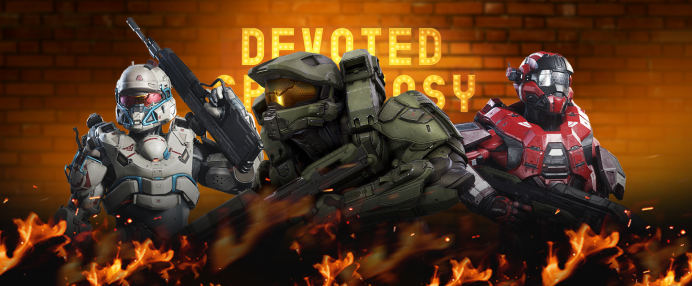
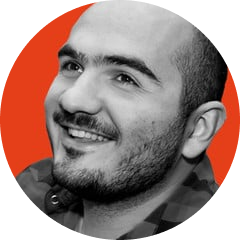 I believe that now is the best time to be in the game art industry. It’s a huge industry with lots of technical abilities, game software, and instantly growing popularity. We have PCs and mobile gaming, consoles, and on top of it, the Internet is different from 25 – 30 years ago. There’re so many online resources: free engines, 2D and 3D software, as well as every type of learning resource you can imagine. When years ago you had to save tens of thousands of dollars to go to college and get a degree to secure a job, now everything that matters in the gaming industry is your portfolio.
I believe that now is the best time to be in the game art industry. It’s a huge industry with lots of technical abilities, game software, and instantly growing popularity. We have PCs and mobile gaming, consoles, and on top of it, the Internet is different from 25 – 30 years ago. There’re so many online resources: free engines, 2D and 3D software, as well as every type of learning resource you can imagine. When years ago you had to save tens of thousands of dollars to go to college and get a degree to secure a job, now everything that matters in the gaming industry is your portfolio.
